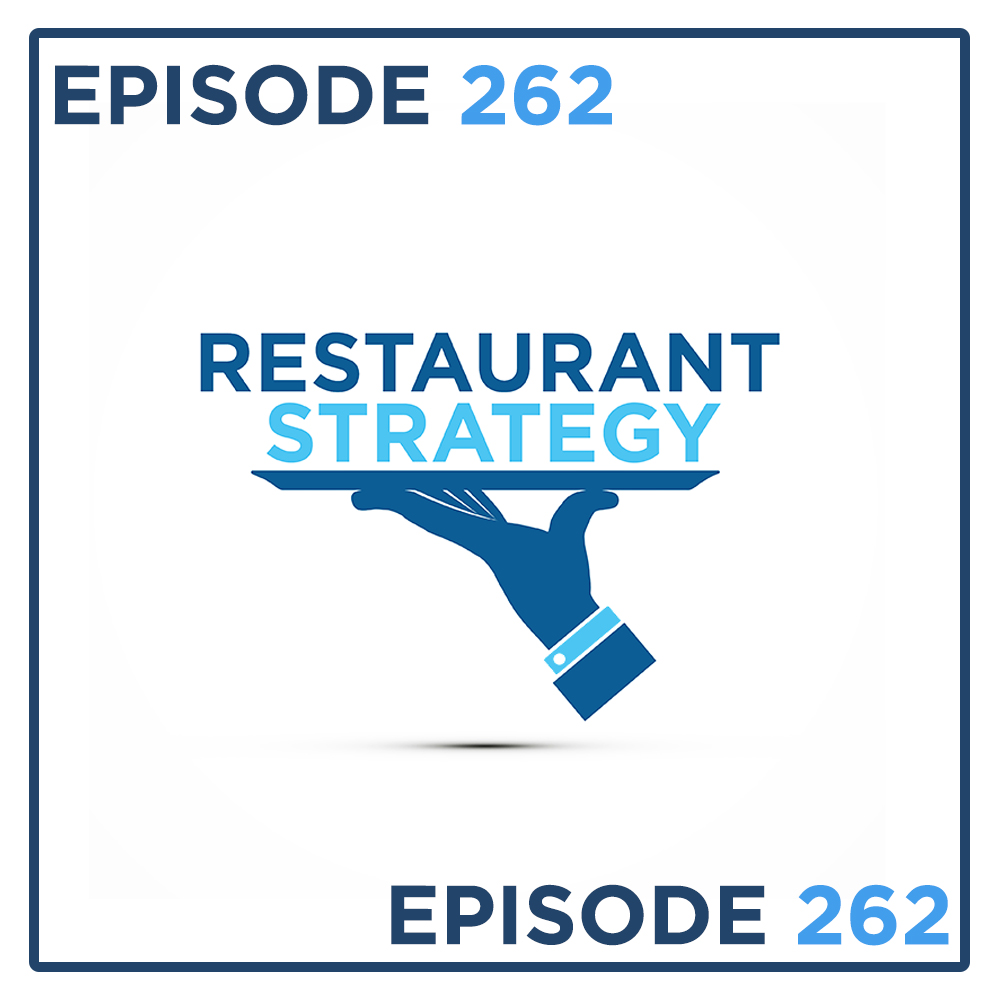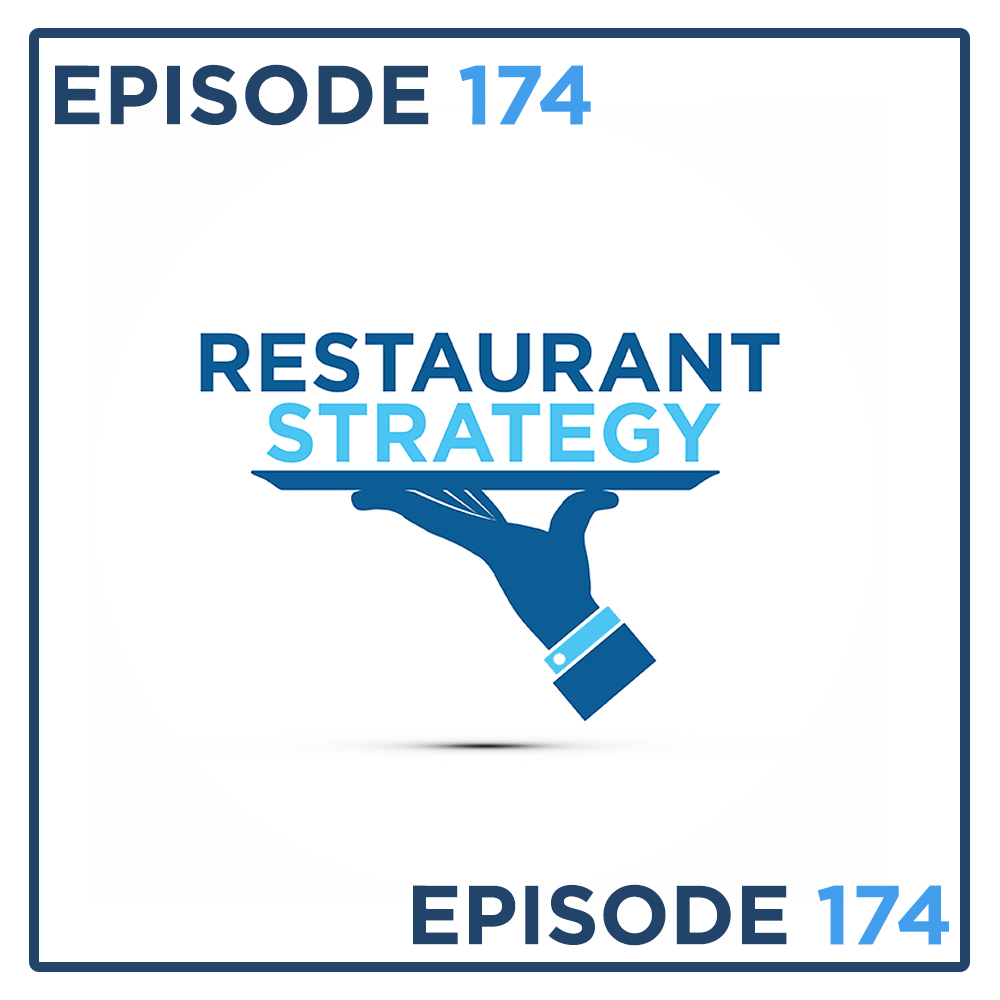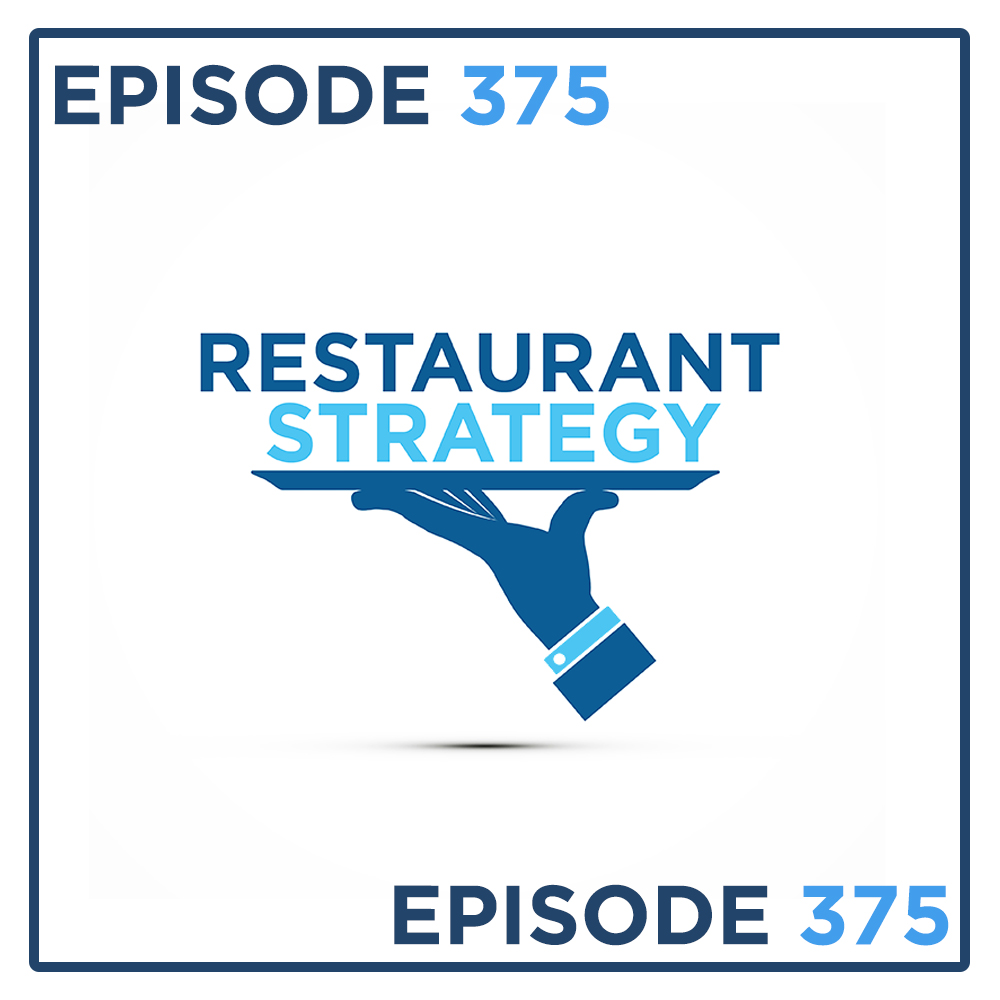Episode Transcript
[00:00:00] Speaker A: Hey, what's going on? Chip Close here, host of the Restaurant Strategy podcast. If you've been following for a while, you know that every summer I do something new. I do a 10 episode arc revolving around a different theme. This year we're talking about crazy ideas. Here's my crazy idea. What if we rethought the structure of our dining rooms? What do I mean by that? Come on back and stay tuned. We're gonna talk about it. Today's episode of Restaurant Strategy.
There's an old saying that goes something like this. You'll only find three kinds of people in the world. Those who see, those who will never, and those who can see when shown. This is Restaurant Strategy, a podcast with answers for anyone who's looking.
Hey, everyone, thanks for tuning in. My name is Chip Close. This is Restaurant Strategy. Two episodes every single week, all meant to help you level up, to build a more profitable and sustainable, sustainable business. I run a coaching program. It's called the P3 mastermind. If you're curious about that, the way that we work with restaurant owners to help them increase profitability, you're going to find the link in the show notes, set up a free call so we can chat and hear what's going on. I also throw two live events every single year. The next one is coming up. The P3 profitability summit happens in Fort Worth, Texas this October. October 2025. We cap the event at 100 attendees. We've so far sold over 70 tickets. There are two different levels, either a general admission ticket or a VIP ticket. We've sold even amounts of both. It is going to be an incredible event if you want to be there. If you've never been to an event, you got to get yourself there. You can find the link to tickets in the show notes. Go check it out.
Avi, you love to go out to eat. So, as a guest, what's your biggest pet peeve when you're trying to choose a place to eat?
[00:01:56] Speaker B: Yeah, as the father of two children, I can't leave the house for less than $30 an hour. My wife has Celiac. So when we're going to make a dining decision, I live and die by that menu. I'm in there researching what's available. What can my wife eat? What can we share? What do I get to eat off of her plate?
And so that menu is just a crucial part of all decision making for me as a consumer. It's why at Marquee, we focus so much on our menus, our menu integration, so that as operators, your menu that lives in your point of sale that you want customers to see is available and up to date everywhere.
[00:02:29] Speaker A: To learn more about Marquee, go to marquee.com, m A R Q I-I.com to learn more about this and all of the incredible features they have.
Create a safer, more efficient kitchen and better protect your bottom line with restaurant technologies. Its total oil management solution helps minimize the dangers that come with traditional oil management such as oil burns, spills and slip and fall accidents. The end to end automated oil management system delivers filters, monitors and recycles your cooking oil, taking one of the dirtiest jobs out of the kitchen and no upfront cost. Control the kitchen chaos with restaurant technologies and make your kitchen safer while maximizing efficiency. Visit rti inc.com you can email customer care@rti inc.com or call 888-796-4997 to get started.
All of those links will be in the show Notes okay, so we're talking about these crazy ideas, right? Every year, every summer I do this 10 episode arc revolving around a different theme. This year we're talking about how we reinvent, how we reinvigorate, how we continue to evolve our business, right? We talked about waiters, it talked about tipping. What if we reinvent our dining room?
Why are our dining rooms built the way they are and is there a better way of doing it Now? I don't know what that means, but I know what a restaurant looks like. You walk into a big room and there's a whole bunch of tables. But what if we could reinvent what that is meaning? What if a restaurant was half big room and then the other half was a series of private rooms so you could get your own four top in a room all to yourself or your own eight top in a room all by yourself in a room. Six top and a six top or a deuce. What would that look like? And this is different than private dining. I think this is somewhere between dining in a big room with a big energy and all of that loud, boisterous, energetic dining with a bunch of strangers and where you rent out a private dining room at a premium to have the space to yourself. What if there was something in between? What if you paid for what if you paid a premium but not top dollar to have a room to yourself? I can imagine plenty of restaurants where I would just want to be with my wife or with my date in a room all alone or I'd wanna celebrate grandma's birthday with the eight of us in all ourselves so we could hear each other talk. What does that look like? Why do our dining rooms look the way they look?
I think it's a really powerful thing. I heard an interview with Nick Kokonis. Nick was the former co owner of Alinea Restaurant Group. And he did an interview with Tim Ferriss years ago. And of course he came to the restaurant industry by way of finance. And so he said when he came into the industry, he just kept asking why, why, why, why, why? And he said 70% of the time the reason why we did something, there was good reason for it, it was efficient, the most effective, et cetera, et cetera. But he said as much as 30% of the time nobody could answer his question. And we discovered new ways, better ways of doing it. And that resonated with me. It really sticks with me, I think what we have to do. And that's where this crazy idea theme comes from. Challenging us all, myself included, to think outside the box. But why do our dining rooms look the way they look? And in a post pandemic world where people are dining out less frequently, where people want different things from a night out, is there a different kind of experience that we can offer? And are we being foolish about ignoring that? I think when we get penned into doing the same thing we've always done, right, the same thing in the same way over and over, we miss opportunities, we leave money on the table, we leave experiences, we forget or we don't acknowledge ways that we can serve our people differently or better. So my question is, can we rethink the dining room? How we structure our space? If we've got a certain amount of square footage, what else can we do to it? And certainly back in the 80s, this happened with the kitchen table. Hey, we put a table back in the kitchen amongst the craziness, and we charge a premium for people to see behind the curtain.
Before the 80s, before Charlie Trotter or anybody else started doing it, nobody had ever thought of it, nobody had ever heard of it. But they turned space that was as of yet non revenue generating and figured out a way to generate revenue by it. So my question is, what else can we do to serve our people better and make more money? Because when we make more money, we can continue to serve our people better. These are shorty episodes, really, just me trying to spark an idea. But what if you rethought the dining room now, for me, it's like there's a big gap between private dining, right? The super exclusive. You pay a high premium to have a room 20 30, 40 people all to yourself for a big anniversary party or a big birthday party or a retirement party. Fine. And then the other thing is, when you sit in a big, hollow dining room with a bunch of strangers, there's gotta be something in between. And I challenge you to think of what that is and how that can be executed. That's it, guys. That's what these episodes are all about. Getting you to think outside the box, to rethink the way we do things. And that's my crazy idea. Do we have to arrange our dining rooms the way we've always arranged our dining rooms? I think the answer is a resounding no. I challenge you to rethink it and to go that way again. I want to remind you I run a coaching program called the P3 mastermind. If you want to learn more about it, you can find the link in the show notes. And my next event, the P3 profitability.
The P3 profitability summit happens in Texas in October. We cap events, cap attendance at 100 attendees. And if you want to be there, I want you to be there. Tickets are still on sale, but they are not going to last long. You will find that link in the show notes as well. Thank you very much, guys, and I will see you next time. It's Sam.


